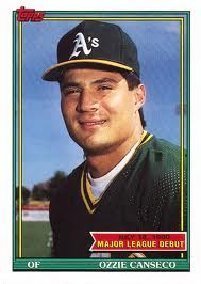
Hawaiian Goose
The Nene , also known as Hawaiian goose, is a species of bird endemic to the Hawaiian Islands. The official bird of the state of Hawaii, the Nene is exclusively found in the wild on the islands of Oahu, Maui, Kauai, Molokai, and Hawaii.
The Hawaiian name nēnē comes from its soft call. The specific name sandvicensis refers to the Sandwich Islands, a former name for the Hawaiian Islands.
It is thought that the Nene evolved from the Canada goose (Branta canadensis), which most likely arrived on the Hawaiian islands about 500,000 years ago, shortly after the island of Hawaii was formed.
This ancestor is the progenitor of the Nene as well as the prehistoric giant Hawaii goose (Branta rhuax) and nēnē-nui (Branta hylobadistes). The nēnē-nui was larger than the Nene, varied from flightless to flighted depending on the individual, and inhabited the island of Maui. Similar fossil geese found on Oahu and Kauai may be of the same species. The giant Hawaii goose was restricted to the island of Hawaii and measured 3.9 ft in length with a mass of 19 lb, making it more than four times larger than the Nene. It is believed that the herbivorous giant Hawaii goose occupied the same ecological niche as the goose-like ducks known as moa-nalo, which were not present on the Big Island. Based on mitochondrial DNA found in fossils, all Hawaiian geese, living and extinct, are closely related to the giant Canada goose (B. c. maxima) and dusky Canada goose (B. c. occidentalis).
The breeding season of the Nene, from August to April, is longer than that of any other goose; most eggs are laid between November and January. Unlike most other waterfowl, the Nene mates on land. Nests are built by females on a site of her choosing, in which one to five eggs are laid (average is three on Maui and Hawaii, four on Kauai). Females incubate the eggs for 29 to 32 days, while the male acts as a sentry. Goslings are precocial, able to feed on their own; they remain with their parents until the following breeding season.
The Nene is a herbivore that will either graze or browse, depending on the availability of vegetation. Food items include the leaves, seeds, fruit, and flowers of grasses and shrubs.
Hooray for the red, white, and blue! Our All-American Pudding Cake will surely earn you your baking stars and stripes! This scrumptious homemade poke cake, filled with creamy pudding, is a delight for your senses!
- 1 (18.25-ounce) package white cake mix
- 25 drops red food coloring
- 25 drops blue food coloring
- 1 (4-serving-size) package instant vanilla pudding mix
- 1 1/2 cups milk
- 1 (12-ounce) container frozen whipped topping, thawed
- Red, white, and blue sprinkles for garnish
- Prepare cake mix according to package directions for 2 (8-inch) round cake pans.
- Divide batter evenly between 2 bowls. Stir red food coloring into one bowl of batter, and blue food coloring into second bowl. Pour each bowl of cake batter into an 8-inch round cake pan.
- Bake according to package directions; let cool 15 minutes. Using a straw or wooden spoon handle, poke about 15 holes randomly in each cake layer.
- In a medium bowl, combine pudding mix and milk; whisk just until pudding starts to thicken. (Pudding should be pourable.) Slowly pour pudding into holes of both cake layers. Refrigerate 1 hour.
- Place 1 cake layer on serving platter and frost with whipped topping. Place second cake layer on top and frost top and sides with remaining whipped topping. Garnish with sprinkles and refrigerate until ready to serve.













